17 May 2024 Daily Current Affairs
In 2023, the number of internally displaced people increased to 75.9 million, from 71.1 million in the preceding year, according to the Global Report on Internal Displacement 2024 (GRID-2024) released recently.

About Global Report on Internal Displacement 2024:
- It is an annual report published by the Geneva-based Internal Displacement Monitoring Centre (IDMC). It records internal displacements due to conflict and violence and disasters.
- Highlights of GRID-2024:
- In 2023, the number of internally displaced people (IDP) increased to 75.9 million, from 71.1 million in the preceding year.
- The report says 7.7 million displaced by disasters (one-fourth of it was caused by earthquakes) and 68.3 million by conflict and violence.
- Sudan, Syria, the Democratic Republic of the Congo (DRC), Colombia, and Yemen host nearly half of the world’s IDPs.
- At 1 million, Sudan has the highest number of IDPs recorded for a single country.
- Most of the new displacement this year happened in Sudan, the Palestinian territories, and the Democratic Republic of Congo, accounting for almost two-thirds of all new displacement.
- South Asia:
- The IDMC said around 3 million people were living in internal displacement as a result of conflict and violence across South Asia at the end of 2023, 80 percent of whom were in Afghanistan.
- Conflict and violence triggered 69,000 displacements in South Asia in 2023, with Manipur violence alone accounting for 67,000.
- It is the highest number of displacements triggered by conflict and violence in India since 2018.
- There is a sharp decline in IDP in 2023 from 2.5 million internal displacements due to natural disasters in India in 2022. Internal displacements by natural disasters in 2023 was 528,000.
Key Facts about the Internal Displacement Monitoring Centre (IDMC):
- It is the leading source of information and analysis on internal displacement.
- It defines internal displacement as “the number of forced movements of people within the borders of their country recorded during (a) year.
- It was set up in 1998 at the request of the international community to fill an important knowledge gap on the global scale and patterns of internal displacement.
- It is part of the Norwegian Refugee Council (NRC), an independent, non-governmental humanitarian organisation.
- It plays a unique role as a global monitor and evidence-based advocate to influence policy and action by governments, UN agencies, donors, international organisations and NGOs.
- IDMC’s GRID is the official repository of data and analysis on internal displacement.
2. What are Insurance Surety Bonds?
Insurance companies have issued about 700 insurance surety bonds valued about ₹3,000 crore after Centre makes the instrument on par with bank guarantees for all government procurements.
 What is a Surety Bond?
What is a Surety Bond?
- A surety bond is a promise to be liable for the debt, default, or failure of another.
- It is a three-party contract in which one party (the surety) guarantees the performance or obligations of a second party (the principal) to a third party (the obligee).
About Insurance Surety Bonds:
- It is a financial instrument, where insurance companies act as 'Surty' and provides the financial guarantee that the contractor will fulfil its obligation as per the agreed terms.
- It is a risk transfer mechanism wherein an insurer provides a guarantee to a beneficiary or obligee that the principal or contractor will meet his contractual obligations.
- In case the principal fails to deliver his promise, a monetary compensation is paid to the obligee by the insurer.
- There are 3 parties involved:
- The Surety (Insurance Companies) will provide the financial guarantee to the Obligee /beneficiary.
- Obligee or Beneficiary (example-Government, Infrastructure Development Authorities etc.) -the party that needs the surety and is often the beneficiary of the surety bond.
- Principal (could be the owner or contractor)-the party that purchases the Surety bond from an insurer as a guarantee and undertakes a commitment to perform the obligations as per the contract entered.
Who can buy the policy?
- A surety bond is provided by the insurance company on behalf of the contractor or business owner to the entity which is awarding the project as a guarantee against the future work performance to Obligee.
Advantages:
- It will act as a security arrangement for infrastructure projects and will insulate the contractor as well as the principal.
- Unlike a bank guarantee, the Surety Bond Insurance does not require large collateral from the contractor thus freeing up significant funds for the contractor, which they can utilize for the growth of the business.
- The product gives the principal a contract of guarantee that contractual terms and other business deals will be concluded in accordance with the mutually agreed terms.
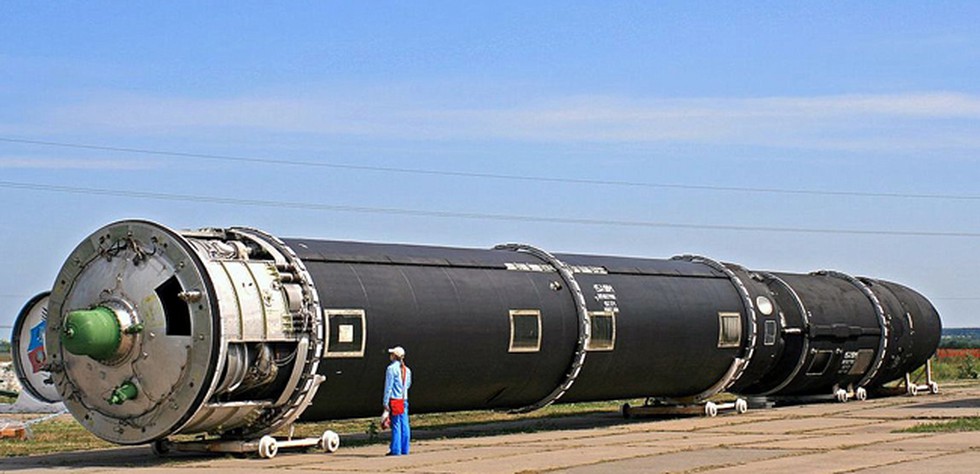 About Bulava Missile:
About Bulava Missile:
- RSM-56 Bulava (NATO reporting name: SS-N-32) is a Russian submarine-launched intercontinental ballistic missile (ICBM).
- Designed by the Moscow Institute of Thermal Technology, development of the missile was launched in the late 1990s, and is designed to be deployed on Russia’s Borei-class submarines.
- Bulava represents a core component of Russia’s future strategic nuclear force.
- Features:
- It is a three-stage solid-propellant
- The missile has a launch mass of about 8 tonnes and a throw weight of 1,150 kg.
- It measures 12.1 meters in length in a launch container and 2 meters in diameter.
- Bulava has a maximum range of 8,300 km (5,160 miles) and a payload of up to 10 multiple independently targetable re-entry vehicles, or MIRVs, capable of delivering nuclear warheads to different targets.
- The missile’s RVs are capable of in-flight maneuverability and re-targeting to outmanoeuvre any enemy defense.
- The RVs have an expected accuracy of around 250 to 300 m.
 About Kadars:
About Kadars:
- They are a small indigenous tribal community in South India. They reside along the hilly border between Cochin in Kerala and Coimbatore in Tamil Nadu.
- They are traditional forest dwellers who depend on forest produce for sustenance. They do not practice agriculture, building shelters thatched with leaves and shifting locations as their employment requires.
- They prefer to eat rice obtained in a trade or as wages rather than to subsist on food of their own gathering.
- They have long served as specialized collectors of honey, wax, sago, cardamom, ginger, and umbrella sticks for trade with merchants from the plains.
- They have a symbiotic relationship with nature, and they believe in the coexistence of Kadar and Kaadu (forest).
- The Kadar have traditional protocols to ensure the sustainable use of forest resources.
- Every practice of resource collection—be it honey, firewood, resin, or herbs—is designed to allow time for regeneration.
- Their population was estimated at approximately 2,000 individuals in the early 21st century.
- They speak the Dravidian languages of Tamil and Kannaḍa.
- They worship jungle spirits and their own kindly creator couple, as well as local forms of the Hindu deities.
- They are listed as a Particularly Vulnerable Tribal Group (PVTG) in Kerala, but not in Tamil Nadu.
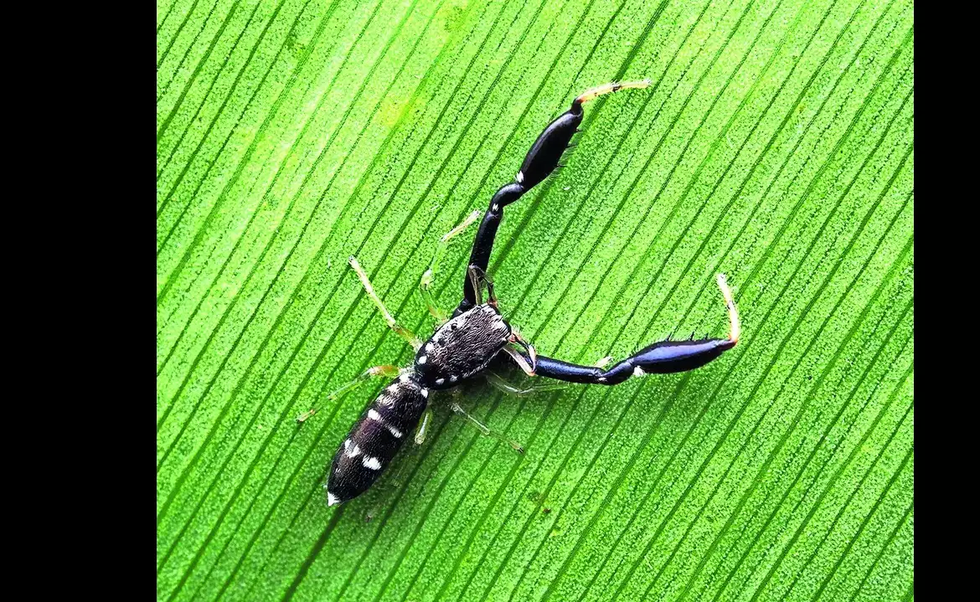
About Ligdus Garvale:
- It is a new species of jumping spider. It marks only the second recorded instance of the Ligdus genus in 129 years.
- It was found in Garvale village of the Kodagu district, Karnataka, which is surrounded by agroforestry, with coffee plantations being prominent along with pepper and paddy fields.
- It was discovered under the leaf of a torch ginger plant and bears a resemblance to Pseudoscorpions.
- Due to its nature as a high canopy jumper, it often goes unnoticed and constructs a double-layered web for retreat.
What are Jumping Spiders?
- Jumping spiders are the largest family of spiders, with more than 6,380 species (family Salticidae). They are known for their ability to jump and pounce upon their prey.
- They are very common in the tropics, but some also live in northern and even Arctic regions.
- Features:
- Though there are a few species that have hairy bodies, most species have few hairs (setae).
- The body is often brightly coloured or strikingly patterned.
- They have impressive eyesight. These arachnids always have four pairs of eyes, including a large, forward-facing principal pair.
- They are diurnal, and most jumping spiders are solitary.
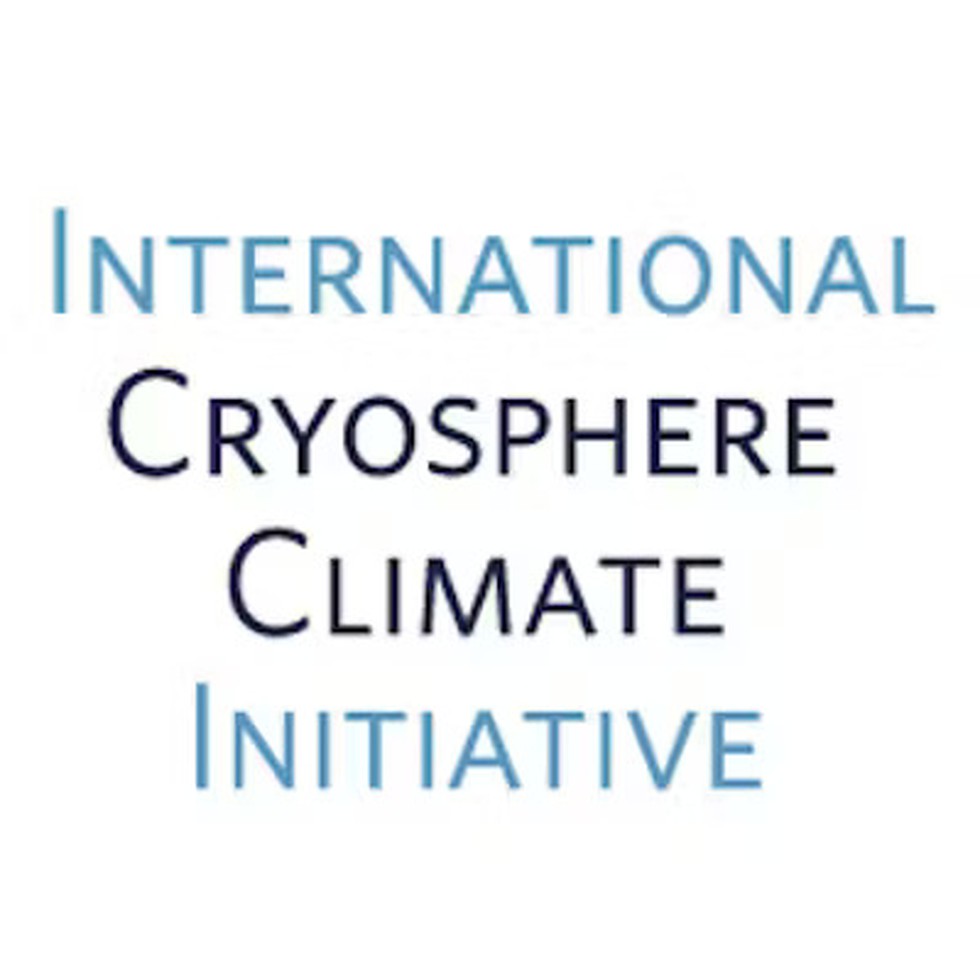
About the International Cryosphere Climate Initiative:
- It was formed in 2009 following COP-15 in Copenhagen meeting. It is a network of senior policy experts and researchers working with governments and organizations to create, shape and implement initiatives designed to preserve as much of the Earth’s cryosphere as possible.
- Its programs target the unique climate dynamics at work in the cryosphere, while at the same time lending increased urgency to global climate efforts aimed at CO2 and other greenhouse gases by communicating the unexpected rapidity and global implications of cryosphere warming.
- Its work focuses on three major areas of the cryosphere: the Arctic, the Antarctic and high mountain regions.
Key facts about the Humboldt glacier of Venezuela
- It is also known as La Corona glacier and it is 4,900 metres above sea level.
- It was the only one left near the country's second-highest peak, Pico Humboldt.
- It was projected to last at least another decade but latest assessments have found the glacier melted much faster than expected.

About Sahul:
- It can be termed as a supercontinent which was stood exposed on the Earth's surface when humans were in the middle of what can be termed as the last ice age.
- Since the ice age led to glaciation of water levels on the planet, it ended up exposing parts of land like Sahul which connected to currently known Australia to Papua New Guinea in the north and Tasmania in the south,
- It helped humans in ancient times to cross continents from Asia to Australia almost 7,000 decades ago.
What is the Ice Age period?
- It is any geologic period during which thick ice sheets cover vast areas of land. Such periods of large-scale glaciation may last several million years and drastically reshape the surface features of entire continents.
- The earliest known took place during Precambrian time dating back more than 570 million years.
- The most recent periods of widespread glaciation occurred during the Pleistocene Epoch (2.6 million to 11,700 years ago).
- Ice ages are not uniformly cold. There can be colder and warmer periods during the overall ice-age period.
- Colder periods lead to more extensive areas of continental ice sheets, valley glaciers and sea ice, while warmer periods lead to reduced areas of ice.
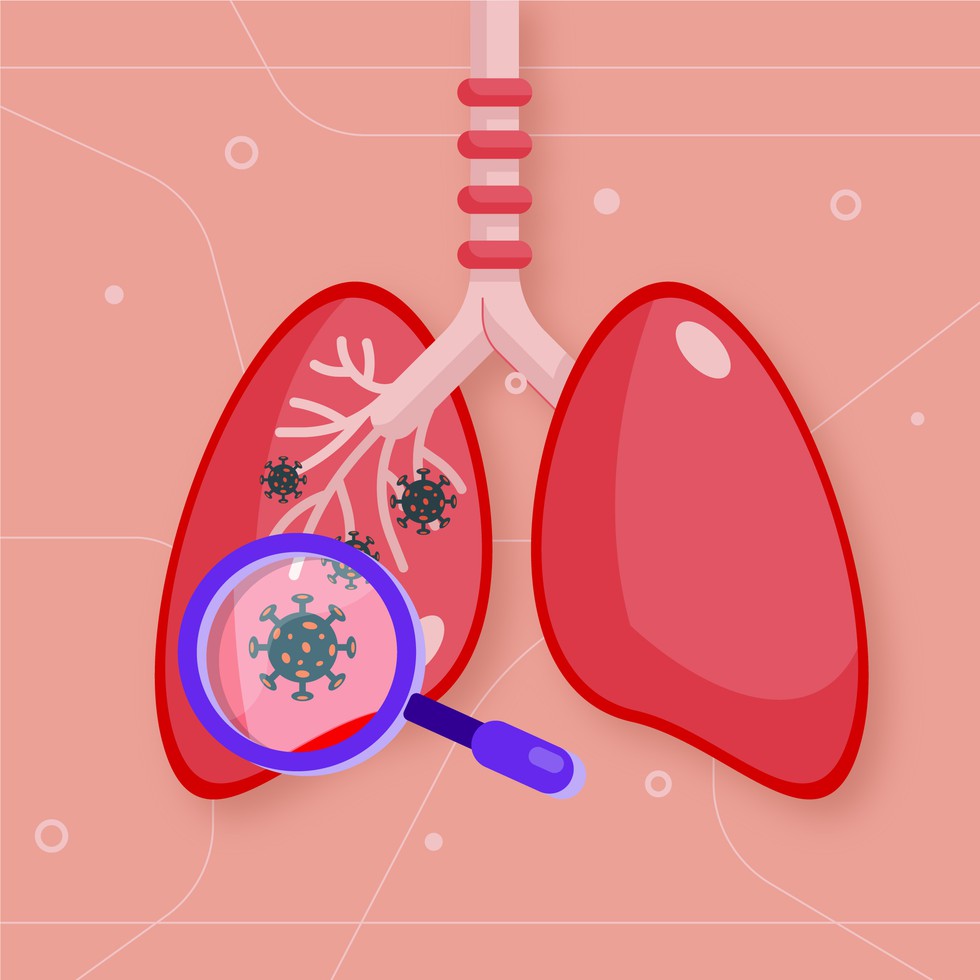
About Extra-pulmonary TB:
- It refers to Tuberculosis infections affecting organs other than the lung (namely lymph nodes, brain, gut, eyes, or other organs).
- It is often stain-negative, which means it is not detectable on regular TB stain tests. It can affect any organ and is more prevalent in people living with HIV.
- The infection may surface in any part of the body and present itself like other non-TB conditions. Many cases of EPTB may not have a corresponding lung infection.
- Issues with EPTB
- A troubling aspect of EPTB infection is the prolonged presence of disease markers even after the infection is resolved with treatment.
- Diagnosis and treatment protocols for all organs affected by EPTB do not exist.
- The twin challenges in tackling EPTB are a lack of awareness, even among physicians, and a lack of accurate diagnostic and treatment criteria.
- Some EPTB patients who complete anti-TB therapy may still find themselves affected by the disease.
- INDEX-TB guidelines were formulated over a decade ago and need to be updated with the latest data and experience.
 About Kanwar Lake:
About Kanwar Lake:- It is Asia’s largest freshwater oxbow lake located in It is also known as Kabartal Jheel which is a rainfed lake.
- It is a residual oxbow lake, formed due to the meandering of Gandak river, a tributary of Ganga. It is covering the majority of the Indo-Gangetic plains in northern Bihar,
- The Wetland is an important stopover along the Central Asian Flyway, with 58 migratory waterbirds using it to rest and refuel. It is also a valuable site for fish biodiversity with over 50 species documented.
- Five critically endangered species inhabit the site, including three vultures – the red-headed vulture (Sarcogyps calvus), white-rumped vulture (Gyps bengalensis) and Indian vulture (Gyps indicus) – and two waterbirds, the sociable lapwing (Vanellus gregarius) and Baer’s pochard (Aythya baeri).
- Threats: Major threats to the site include water management activities such as drainage, water abstraction, damming and canalization.
What is an oxbow lake?
- It is a curved lake formed alongside a winding river as a result of erosion and sediment deposition over time.
- Oxbow lakes are typically crescent-shaped and are common features in floodplains and low-lying areas near rivers.
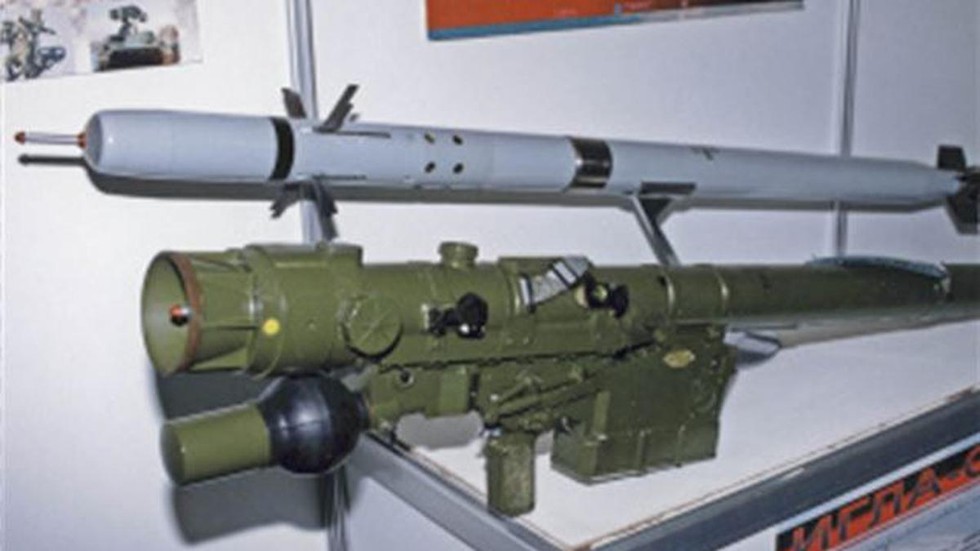
About Igla-S:
- It is a man-portable air defence system (MANPADS) developed by Russia.
- Capabilities:
- It is a hand-held defence system that can be operated by an individual or crew.
- It is designed to bring down low-flying aircraft and can also identify and neutralise air targets such as cruise missiles and drones.
- It comprises the 9M342 missile, the 9P522 launching mechanism, the 9V866-2 mobile test station, and the 9F719-2 test set. These components work together to provide a comprehensive air defence solution.
- A VSHORAD is the soldier’s last line of defence against enemy combat aircraft, helicopters and UAVs in the multilayered air defence network.
- Range: It has a range of 500 metres to 6 kilometres and attack targets up to an altitude of 3.5 kilometres. The speed of the missile is 400 metres per second and the deployment time is 13 seconds.
- Significance: The acquisition of the Igla-S MANPADS marks a significant step in enhancing India's air defence capabilities, particularly in mountainous regions.


























































































































































.png)
.png)
.png)
.png)
.png)


.png)
.png)
.png)





.png)
.png)






.png)
.png)
.png)
.png)
.png)
.png)
.png)
.png)
.png)

.png)







.png)
.png)


.png)
.png)
.png)


.png)

.png)
.png)





.jpg)

.png)
.png)


.png)

.png)
.png)
.png)

.jpg)

.jpg)


.png)

.png)
.png)
.png)
.png)
.png)
.png)
.png)
.png)
.png)
.png)




.png)

.png)





.png)
.png)
.png)
.png)
.png)
.png)
.png)
.png)
.png)
.png)
.jpg)
.jpg)

.png)
.png)
.png)
.png)
.png)
.png)
.png)
.png)
.png)
.png)
.png)
.png)
.png)
.png)
.png)
.png)
.png)
.png)
.png)
.png)
.png)
.png)



.png)
.png)

.jpg)
.jpg)


.jpg)
.jpg)
.jpg)
.jpg)
.jpg)

.jpg)








.jpg)
.jpg)
.jpg)
.jpg)
.jpg)

















.jpg)
.jpg)







.jpg)


















.jpg)
.jpg)






























































































.jpg)
.jpg)


























.jpg)

.jpg)










.jpg)








.jpg)




.jpg)










.jpg)


















.jpg)












































.jpg)














.jpg)
.jpg)
.jpg)





.jpg)

.jpg)
.jpg)





































































.jpg)


































.jpg)
.jpg)
















































.jpg)












.jpg)


.jpg)




.jpg)
.jpg)
.jpg)

.jpg)
.jpg)
.jpg)
.jpg)

.jpg)
.jpg)
.jpg)

.jpg)
.jpg)
.jpg)
.jpg)
.jpg)
.jpg)
.jpg)
.jpg)

.jpg)


.jpg)
.jpg)
.jpg)
.jpg)
.jpg)
.jpg)
.jpg)
.jpg)
.jpg)
.jpg)











.jpg)
.jpg)





.jpg)
.jpg)
.jpg)
























.jpg)
























.jpg)









.jpg)
.jpg)







.jpg)
.jpg)









































.jpg)
.jpg)
.jpg)
.jpg)
.jpg)

.jpg)
.jpg)
.jpg)
.jpg)
.jpg)


.jpg)
.jpg)
.jpg)
.jpg)
.jpg)

.jpg)
.jpg)
.jpg)
.jpg)
.jpg)
.jpg)
.jpg)
.jpg)
.jpg)
.jpg)
.png)

.png)
.png)

.png)
.png)
.png)
.png)


.jpg)
.jpg)

.jpg)
.jpg)
.jpg)

.png)
.png)
.png)
.png)
.png)
.png)
.png)

.png)
.png)
.png)
.png)
.png)
.png)
.png)
.png)
.png)
.png)





































































-min.png)



.png)




.png)








































